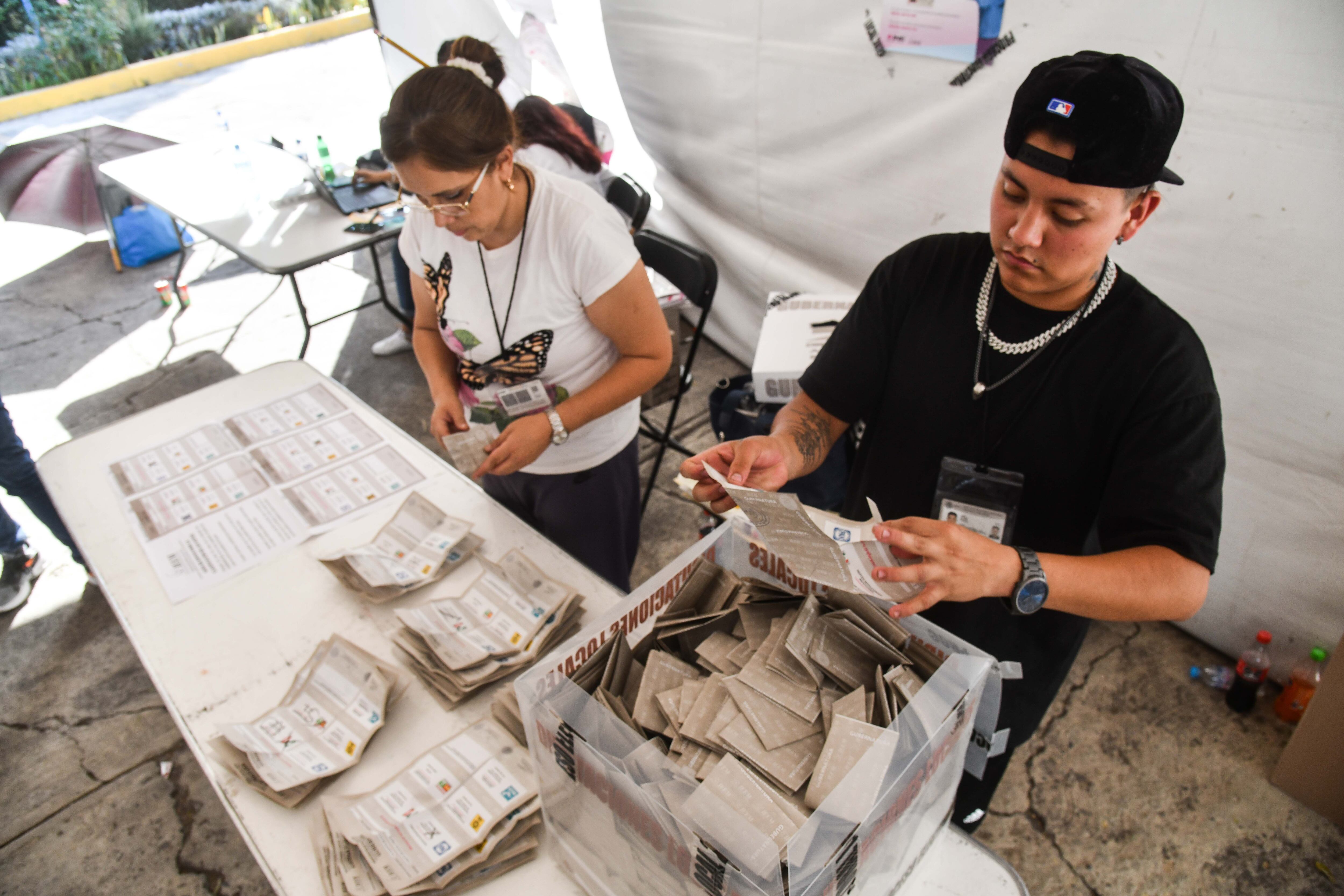
As Mexico approaches the 2024 elections, political competition is not only focused on the presidency, but also on the formation of Congress and the governorships in several states. A detailed analysis reveals important trends and partisan preferences that could define the country’s political future.
Preferences for Congress
According to current projections, published by Metrics, in The financial, Morena leads with a sizable majority in Congress, hoping to occupy 294 of the 500 available seats. This indicates a strong inclination towards the continuation of his policies initiated under the current administration. In contrast, the Broad Front, which brings together several opposition parties, could reach 183 seats, while the Citizen Movement is set to obtain 23, reflecting a more marginal but still significant role in the country’s political balance.
Governorships at stake
In addition to the battle for Congress, there are nine states in which new governors are being elected, and the data shows varied competitions:
Chiapas: Eduardo Ramírez leads with 61.2% of the preferences, followed by Olga Espinosa, with 34.1%, and Víctor Mandujano, with only 4.7%. This large lead suggests a strong hold on the state by the incumbent party.
Guanajuato: Libia D. García leads with 57.4% of the state preference, followed by Alma Alcaráz, with 33.1%.
Jalisco: Pablo Lemus leads with 54.9%, compared to Claudia Delgadillo and Laura Lorena Haro, who maintain 30.4% and 14.7%, respectively.
Morelos: Margarita González and Lucy Meza are almost tied with 48.1% and 45.7%, respectively, which portends a very close election.
Puebla: Alejandro Armenta dominates with 56.9%, leaving Eduardo Rivera with 39.1% and Fernando Morales, with a marginal 4.0%.
Veracruz: Rocío Nahle is considerably ahead with 63.1% of the preferences, with José Yunes following her with 28.9%.
Yucatan: Renán Barrera Concha leads with 57.7%, while Huacho Díaz follows with 37.2%.
Tabasco: Javier May leads with 55.2%, standing out from other candidates in a less competitive race.
In the Mexico City, the competition is notably close between Clara Brugada, who leads with 48.7% of the preferences, and Santiago Taboada, very close with 46.6%. Salomón Chertorivski, on the other hand, appears with 4.7%, remaining as an option less favored by the electorate. This tight margin between the two leading candidates suggests that the battle for the leadership will be one of the most closely watched and could have a significant impact on the politics and administration of one of the largest and most complex cities in the world.
These data not only reflect the political diversity of Mexico but also the different regional dynamics that will influence the future composition of both the federal and state governments. As election day approaches, campaigns intensify their efforts to convince an electorate that increasingly demands concrete answers and solutions to their local and national problems.
